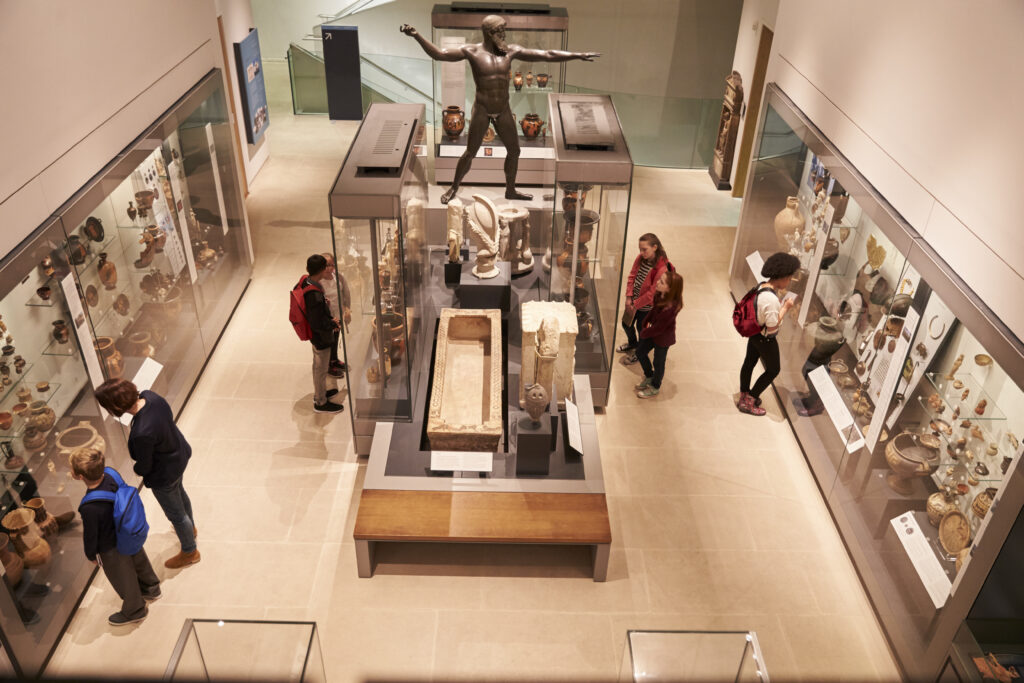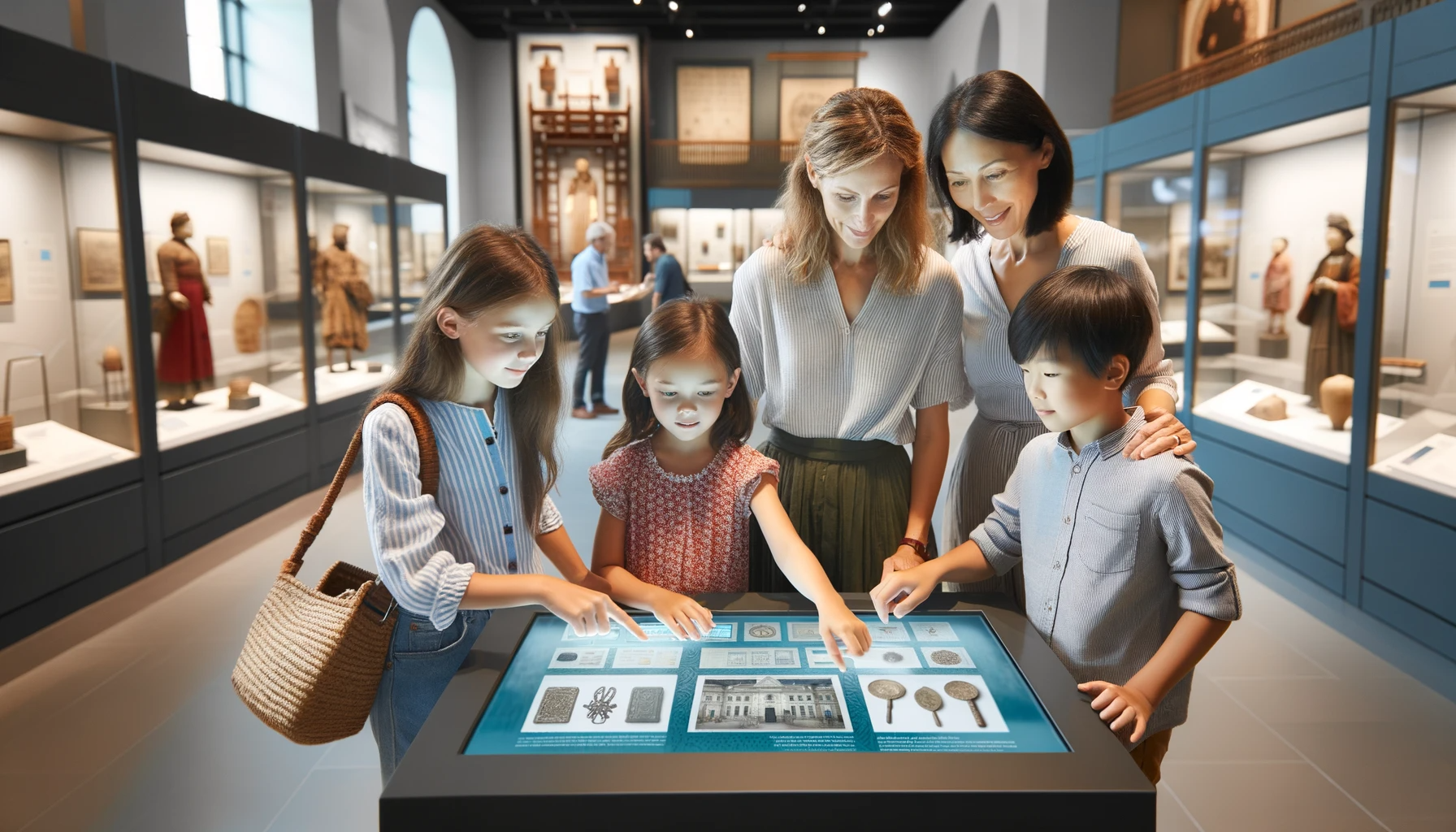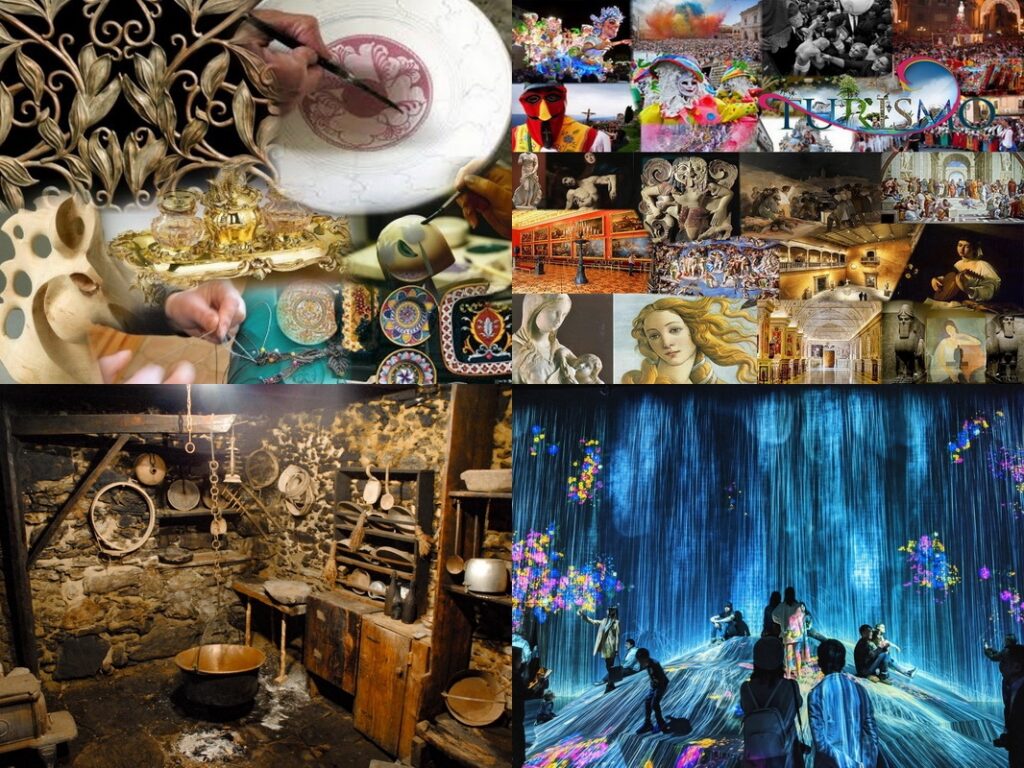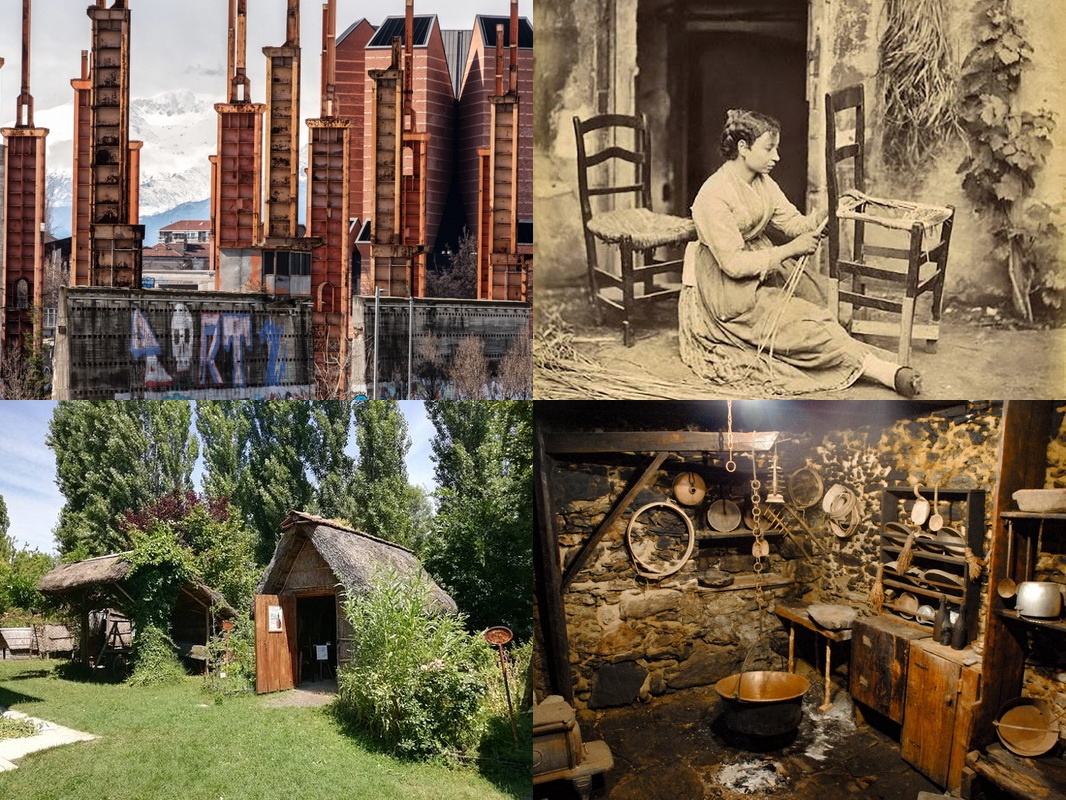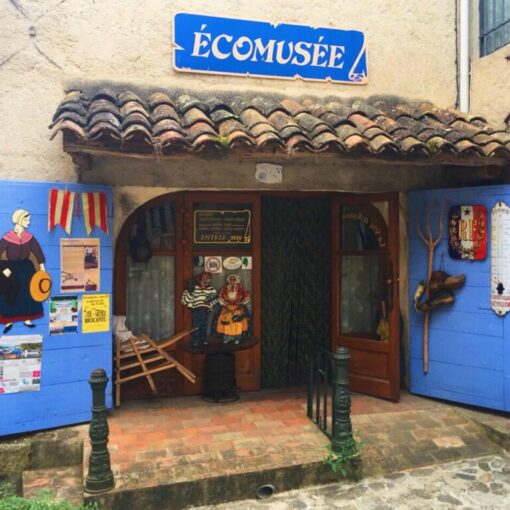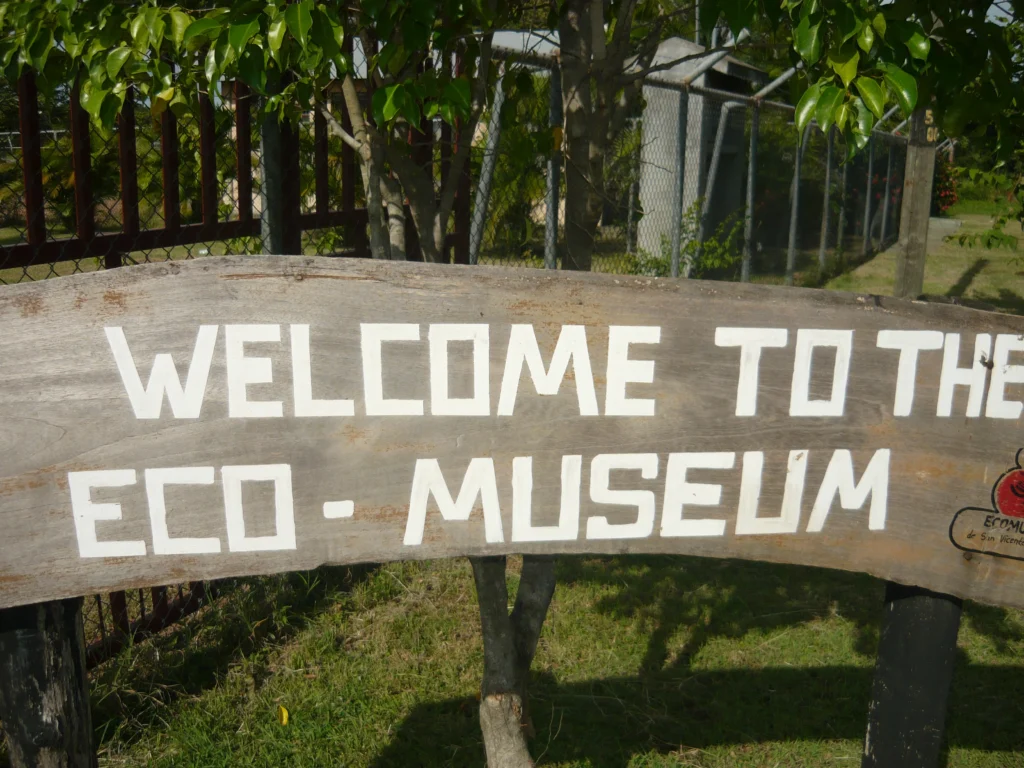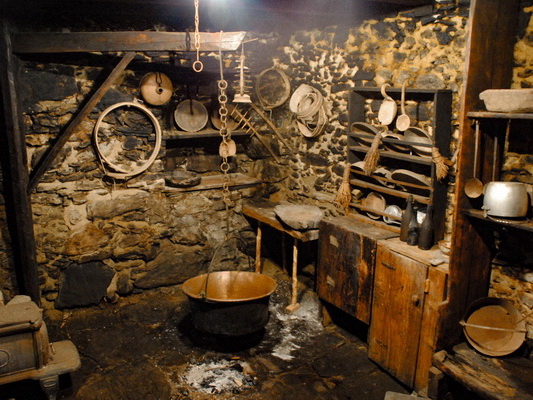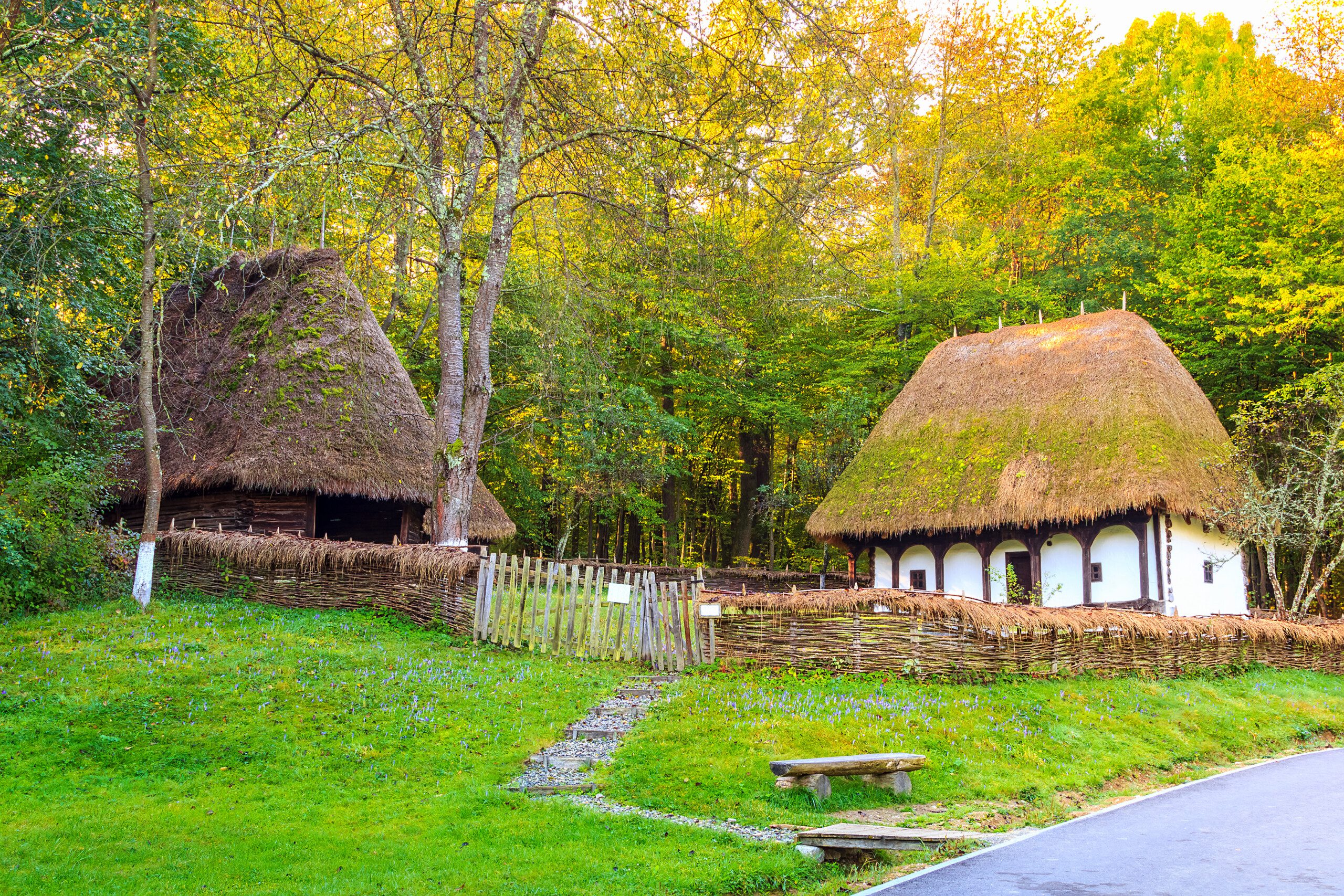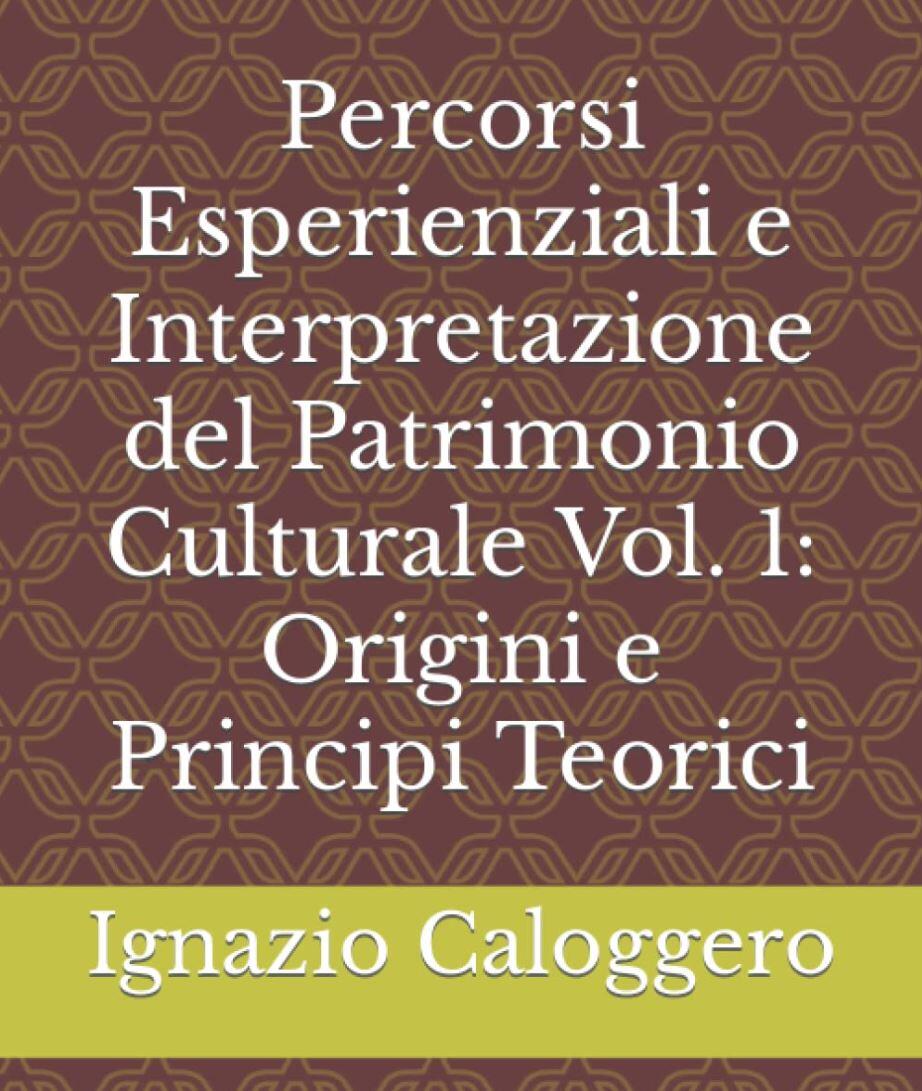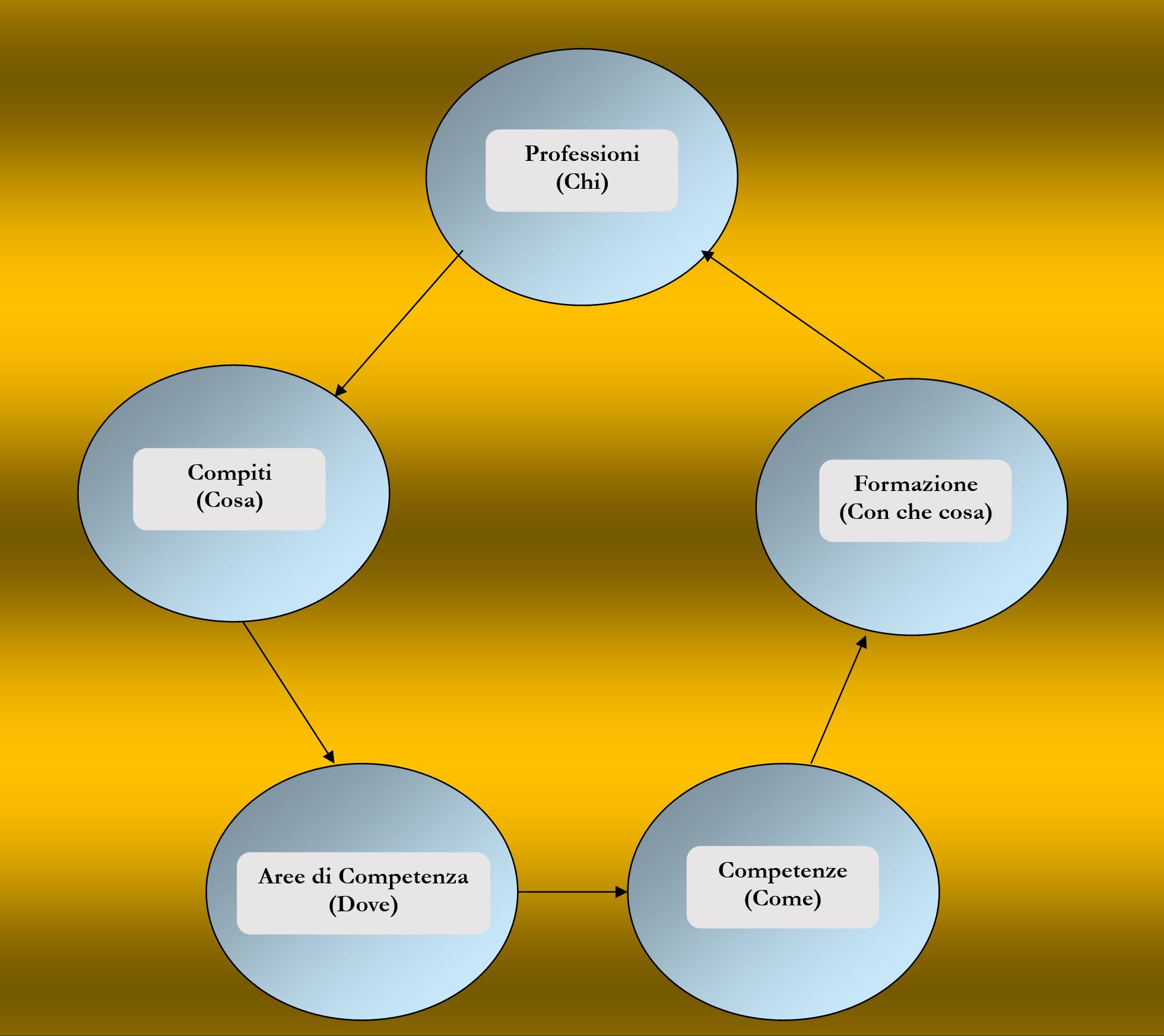Ecomuseum indicators useful for establishing who is an ecomuseum and who is not
by Ignazio Caloggero
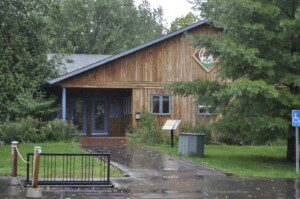
Ecomuseum Zoo, Sainte-Anne-de-Bellevue, Quebec – Canada
Reference Page: Special Heritage Interpretation (Heritage Interpretation)
Ecomuseum indicators
The lack of an unambiguous and formal definition, the use of other terms such as "local museum", "community museum" or "territorial museum" and the juxtaposition of the term "ecomuseum" with other concepts such as the "new museology" ( which can also be applied to traditional museums), has led to what De Varine calls the "trivialization of the term ecomuseum" [0]. Today it is very easy to declare oneself an "ecomuseum" and except in cases in which recognition in accordance with regional legislation is not requested, it is not necessary to provide further justifications for the appropriation of this title.
Once the definition of ecomuseum (interpretive) it is necessary to identify the factors (or dimensions) and the relative measurable indicators useful for establishing who is an ecomuseum and who is not.
Ecomuseum (interpretive)
Institution serving the community, one-oriented sustainable local development, result of a interpretative and participatory process, which aims at improve, protect, give accessible, national cultural heritage of a territorioreferable to a specification patrimonial community.
It may be helpful to list, starting from the given definition, the essential factors that make up the ecomuseum.
Ecomuseum (what, who, for whom, with whom, where, how, why)
- Cultural heritage (what)
- Community (who, for whom, with whom)
- Territory (where)
- Participants (for whom)
- Interpretation (as)
- Accessibility (how)
- Enhancement
- Protection (why)
- Sustainable local development (why, how)
- Institution (who)
We could also add the "when": as long as it makes sense.
For each of the factors (or, as we will see, "macro factors") that make up an ecomuseum, the objective evidence expressed by measurable indicators useful for establishing who is an ecomuseum and who is not should be identified. Let's see some food for thought that might be of help.
In Italy the minimum requirements for the regional recognition of an ecomuseum are established by the regional legislation to which I refer for local insights, the indicators listed below should therefore be integrated, from time to time, with these regional requirements.
- Cultural heritage (what)
As indicated, cultural heritage is substantially that corresponding to the definitions given in the Faro Convention and in the Recommendation concerning the protection and promotion of museums and collections, their diversity and their role in society adopted by UNESCO on 17 November 2015.
- Cultural Heritage (Convention of Faro)
Cultural heritage is a set of assets inherited from the past that some people consider, regardless of the ownership regime of the assets, as a reflection and an expression of their constantly evolving values, beliefs, knowledge and traditions. It includes all aspects of the environment derived from the interaction between people and places over time;
- Cultural Heritage (UNESCO 2015)
A set of tangible and intangible values, and the expressions that people select and identify, independently of their ownership, as a reflection and expression of their identities, beliefs, knowledge and traditions, and living environments, worthy of protection and enhancement by contemporary generations and to be passed on to generations
Objective evidence in this case is the presence of a document or archive which gives evidence of having carried out a mapping of the cultural heritage concerned.
- Community (who, for whom, with whom)
The community is essentially the one defined by the Faro Convention.
Patrimonial Community (Faro Convention)
A heritage community is made up of people who value specific aspects of cultural heritage, which they wish, within the framework of public action, to maintain and pass on to future generations.
A measurable indicator is a list of the social realities of the territory that contribute to the operational management of the ecomuseum.
Another fundamental aspect is the level of participation of the Community in the strategic and political decisions of the ecomuseum.
Some reflections on the concept of participation.
De Varine classifies four different ways of participation[1]:
- Sharing. Considered as a minimum level of participation. The information shared may concern decisions that have already been made or decisions that you intend to take.
- Consultations. The information is provided in order to gather opinions which will be used by the ecomuseum's governance to make decisions. Where the consultation is purely formal and does not affect the final decisions, it is to be considered only an appearance of democratic participation.
- Concertation. The information is provided through public debates aimed at the community and the results of the debates will, in substance and/or form, be effectively used by the governance of the ecomuseum to make decisions.
- Codecision. It is the highest level of participation. Decisions are made by community representatives.
Possible indicators:
- community agreement
- shared and interactive community map, or other similar tools
- experiential paths of interpretation that see the active involvement of the community
- Territory (where)
Corresponds to the area of reference of the ecomuseum. It should be kept in mind that some regional regulations indicate, among the recognition requirements, the identification of a well-identified and circumscribed territory characterized by a well-defined and homogeneous cultural identity.
The indicator in this case is the territory to which the ecomuseum refers.
- Participants (for whom)
They are the guests (visitors) of the events and of the interpretive experience paths.
An indicator is therefore the existence of events and resources actually made available to potential participants that we have seen can be the same members of the heritage community and participants from outside the area (companies, tourists).
Possible indicators:
- experiential interpretation paths that see the active involvement of the participants (guests)
- Interpretation (as)
In this case the macro-factor “interpretation is in turn made up of 18 distinct factors, one for each principle of interpretation seen as a factor and relative indicators of Experiential and Interpretive Quality.
- Accessibility (how)
Making the cultural heritage of a territory accessible means fully applying the concept of general accessibility (suitable opening hours, parking, information on opening hours, transport, ease of contact and fulfillment, etc.) but that of accessibility on the basis to special needs related to permanent or temporary difficulties of various kinds.
We have seen a non-exhaustive list of special needs:
- Motor needs (reduced mobility, obesity, presence of people with wheelchairs,)
- Sensory needs (visual and / or auditory)
- Food (food allergies and intolerances)
- Environmental (environmental allergies)
- Cheap (limited financial resources)
- Environmental (allergies, pathologies involving particular climatic requirements,)
Some specific needs may arise from other elements such as the presence of a particular user:
- Kids
- Senior citizens
- People with mental or psychic disabilities
- Pets, etc.
We have already covered these aspects in the previous module.
- Enhancement (why)
Let us recall what Treccani tells us about the concept of enhancing cultural heritage
Enhancement of cultural heritage
“Complex of actions aimed at giving value to the cultural heritage and promoting its potential, improving the conditions of knowledge and increasing its collective and individual use. According to the art. 6 of the Cultural Heritage and Landscape Code (see ), enhancement «consists in the exercise of functions and in the regulation of activities aimed at promoting knowledge of the cultural heritage and ensuring the best conditions for the use and public enjoyment of the heritage itself », also through conservation interventions, in order to promote the development of culture in all the institutes and places assigned to it, i.e. museums, libraries and archives, archaeological areas and parks, monumental complexes.
In this case, therefore, it is a question of providing objective evidence of how the activities implemented contribute to the enhancement of the local cultural heritage.
- Protection (why)
The protection factor is especially applicable in the case of cultural assets that could be damaged by incorrect use. This factor, if extended to the concept of sustainability, could also affect the protection of the territory and of the inhabitants residing in the territory hosting the cultural assets interested in tourism (traffic, smog, increased costs as a consequence of a use of the territory not in the name of sustainability) .
In this case it is a question of providing objective evidence of how the activities implemented contribute to the protection of cultural heritage
- Sustainable local development (why, how)
In this case it is a question of providing objective evidence of how the activities implemented contribute to local development in a sustainable way.
The concept of sustainability was extensively discussed in the previous module, indicating the following sustainability factors:
- FS1: Energy Sustainability
- FS2: Food Sustainability
- FS3: Sustainability of Mobility
- FS4: Sustainability of Communications
- FS5: Sustainability of packaging
- FS6: Sustainability of waste
- FS7: Sustainability of Suppliers
- FS8: Sustainability of locations for events and meetings
In addition to respect for sustainability factors, it is appropriate to provide evidence of how the strategies, policies and activities envisaged for the territory positively influence territorial development.
- Institution (Who)
The institution is linked to the type of legal status that is chosen and can be decisive for the purposes of recognition, where there is, a national or regional recognition legislation.
From the point of view of the juridical personality assumed by the ecomuseum, De Varine identifies three categories of ecomuseum[2]
- ecomuseums that are part of public administrations;
- ecomuseums that are independent and managed by purpose-built non-profit private law organisations;
- ecomuseums that depend on a private, non-profit organization that pre-existed the ecomuseum, such as an association or a foundation.
What is normally required is that it be a formally established non-profit organization with specific constituent bodies, including a technical-scientific committee and which provides for active community participation.
The ecomuseum indicators in this case consist of the documentation proving the existence of the ecomuseum (statute, regulation, minutes of constitution of the constituent bodies, community pact, etc.)
The "who" is therefore the ecomuseum represented by an institution, but it should not be forgotten that the ecomuseum is also the what, where, for whom, with whom and the how.
[0] Hugues De Varine: The singular and plural ecomuseum. Italian edition – Concrete Utopias 2021 – Pg. 66
[1] Hugues De Varine: The singular and plural ecomuseum. Italian edition – Concrete Utopias 2021 – Pg. 176
[2] Hugues De Varine: The singular and plural ecomuseum. Italian edition – Concrete Utopias 2021 – Pg. 179
Article extracted from the course: SPE117: Assessment of Ecomuseum Quality (26 hours)
Featured



